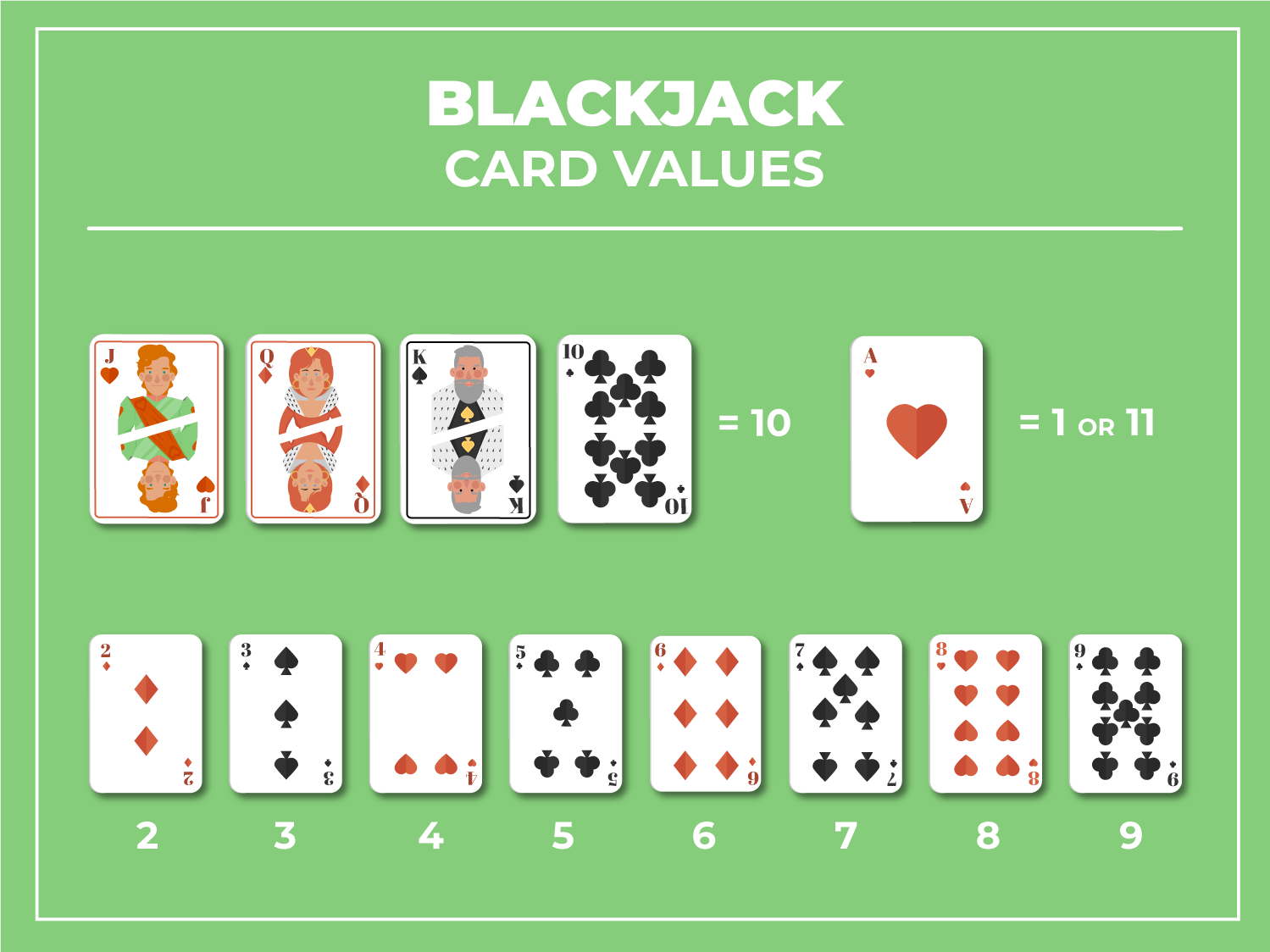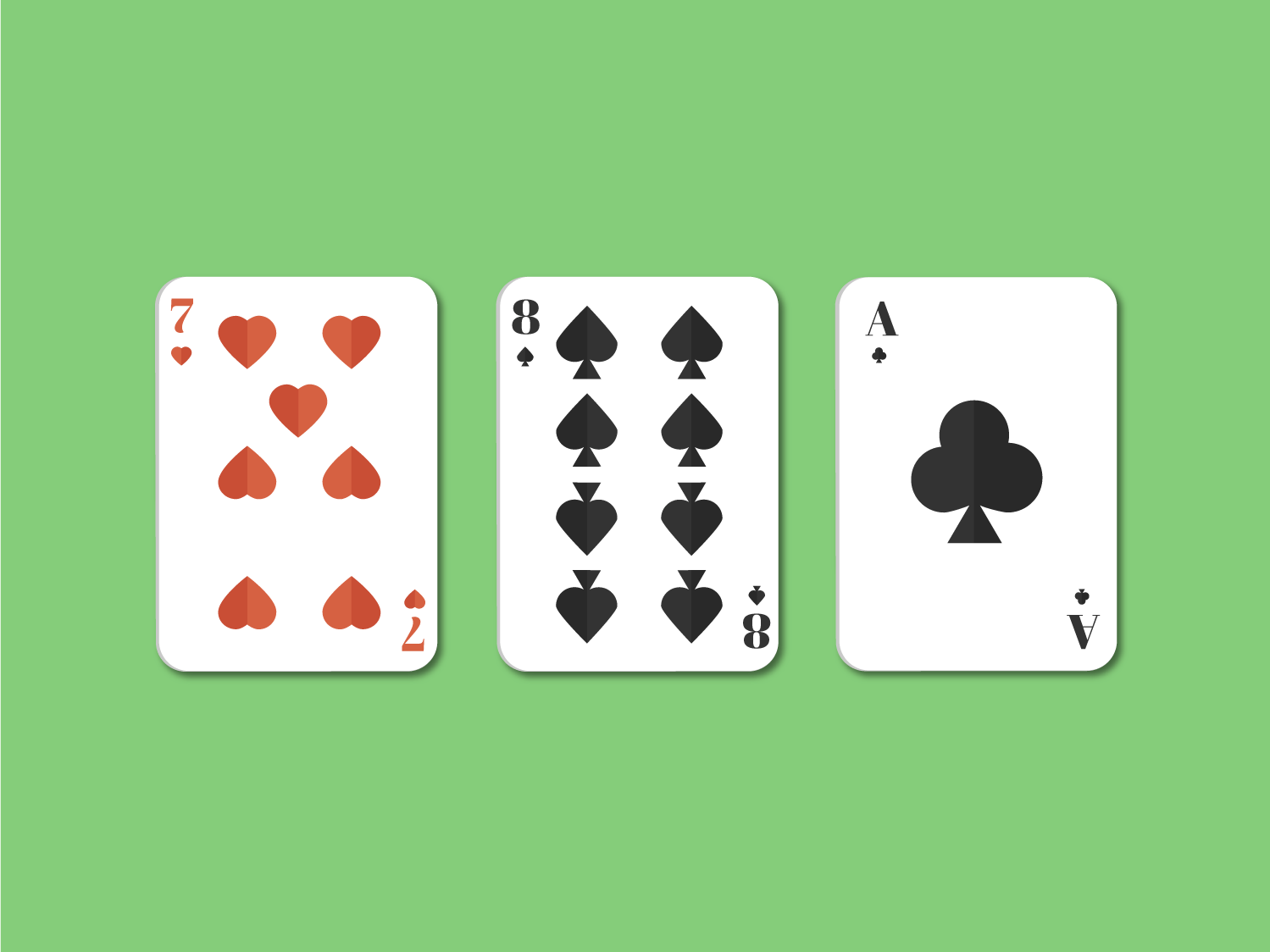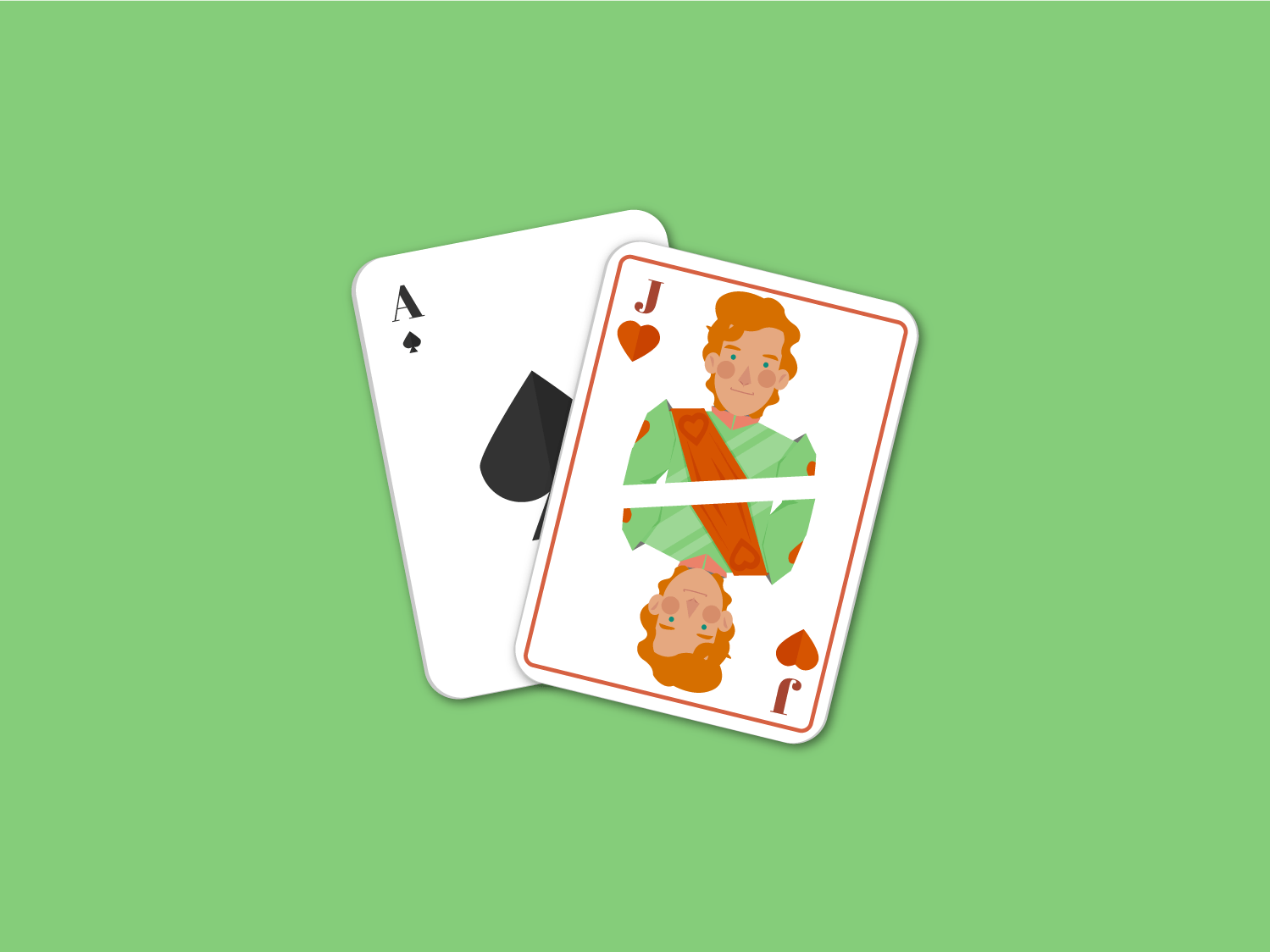Understanding Blackjack Card Values: Complete Guide to Card Worth in Blackjack
Introduction to Blackjack Card Values
Blackjack is a popular card game that relies heavily on knowing the value of each card. Whether you are new to the game or looking to improve your strategy, understanding how much each card is worth is fundamental. This guide explains all you need to know about blackjack card values, totals, the special role of the Ace, and how this knowledge shapes your approach to the game.
Comprehensive Blackjack Card Value Table
Every card in a standard blackjack deck has a specific value, which is crucial for calculating your hand total:

Below is an overview of the value assigned to every blackjack card:
- Ace: 1 or 11 (whichever benefits your hand most)
- 2 through 10: Face value (e.g., 7 is worth 7 points)
- Jack, Queen, King: 10 points each
The real flexibility in blackjack comes from the Ace, which can count as either 1 or 11, depending on the other cards in your hand. This dual value can offer strategic advantages and will be further explored in later sections.
How to Calculate Your Total Hand Value in Blackjack
Figuring out your current hand value in blackjack is straightforward: simply add up the values of each card you hold. For most cards, this is as simple as reading the number, but face cards and the Ace require special consideration.
For example:
- A hand with 6 and 7 equals 13 (6 + 7).
- If you draw another 6, your total climbs to 19 (6 + 7 + 6).
Here are more quick examples:
- 9 + 8 = 17
- 3 + 5 + 8 = 16
- 10 + Queen = 20
- Ace + 6 = 7 or 17 (depending on whether you use Ace as 1 or 11)
- Ace + Ace = 2 or 12 (only one Ace can be 11, or else you'd exceed 21)
The core goal in blackjack is to get as close to 21 as possible without going over. Knowing exactly how to total your cards-and adjust for the Ace-helps you make better gameplay decisions.
Soft Hands Versus Hard Hands: What They Mean and Why They Matter
The terms “soft hand” and “hard hand” are commonly used in blackjack, and refer to the flexibility (or lack thereof) with the value of the Ace in your hand.
Exploring the Soft Hand Advantage
A “soft hand” occurs when your hand contains an Ace that can be valued as 11 without busting. This offers significant flexibility, as you can draw additional cards while minimizing your bust risk.

For instance:
- Initial cards: 2 and Ace. The total can be 3 or 13.
- Draw a 3: Now your hand totals 6 or 16.
- Draw a 10: Your Ace must now count as 1 to avoid busting, resulting in a hard 16.
A soft hand allows you more room to take risks, such as hitting again, without immediately worrying about exceeding 21.
Understanding Hard Hands and Their Risks
A “hard hand” is either a hand without an Ace or one where the Ace must be counted as 1 to prevent the total from exceeding 21.

Example:
- Hand: 7 + 8 + Ace. Only valid as 16 (7 + 8 + 1). If the Ace was worth 11, you'd hit 26 and bust.
For hard hands like a 17 without an Ace, your next move must be cautious-drawing another card could lead to an immediate bust if it's anything higher than 4.
A notable rule in many casinos is that the dealer must hit on a soft 17, which increases the house edge slightly. Always check specific rules at the table or online game you’re playing.
What Qualifies as a Blackjack Hand?
A natural "Blackjack" hand-sometimes called a "Natural 21"-is formed when your first two cards are an Ace and a 10-value card (10, Jack, Queen, or King).

This combination totals exactly 21 and usually guarantees an instant win-unless the dealer also has a blackjack, resulting in a tie. This is the highest-valued hand you can achieve.
How Card Values Influence Blackjack Playing Strategy
The correct strategic decision in blackjack often depends on your hand’s total value and whether it is a hard or soft total. “Basic blackjack strategy” consists of mathematically derived guidelines on whether to hit, stand, double down, split, or surrender, based on your cards versus the dealer's visible card.
Common decisions include:
- Stand when your total is 12-16 and the dealer shows a 2-6.
- Hit with a total of 12-16 when the dealer has 7 or higher.
- With a hard 17, stand. But if you have a soft 17, hit unless the dealer shows 5, 6, or 7.
- Always split Aces and 8s.
- Double down with 11 unless the dealer shows an Ace.
Applying these strategies reduces the house edge, with perfect play lowering it to about 0.54%. Adjust your play for specific house rules, such as whether the dealer hits on soft 17 or different blackjack payouts.
Key Blackjack Strategy Rules Based on Hand Value
Keep these practical strategy tips in mind during play:
- Stand on 12-16 if the dealer’s up-card is 2-6.
- Hit on 12-16 if the dealer’s up-card is 7 or higher.
- Stand on hard 17; hit a soft 17 except when dealer shows 5, 6, or 7.
- Split Aces and 8s every time.
- Double down with 11 unless dealer’s up-card is an Ace and does not have Blackjack.
Adapting your decisions based on your hand values and the dealer’s visible card can greatly improve your winning chances. Rules and payout ratios can vary by casino and version of blackjack-always check before playing.
Conclusion
Mastering the values of blackjack cards is essential for making strategic choices at the table. By understanding the distinctions between hard and soft hands, the value of each card, and how your plays affect your odds, you can approach the game more confidently and maximize your chances of success. Study the rules and practice calculating totals for the smartest approach to every hand.













